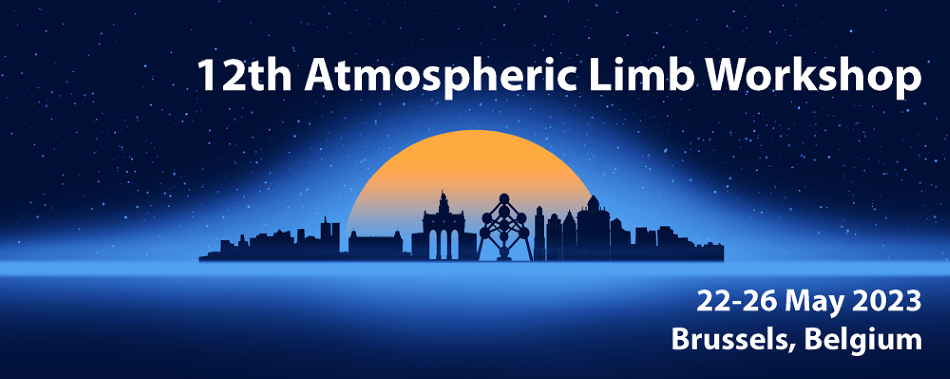Speaker
Description
Retrieval artifacts from 1D limb retrievals, which assume homogeneous atmospheric properties along the satellite line of sight (LOS), are known but generally associated with variations in the trace gas concentration or temperature. The focus of this study is the investigation of a retrieval artifact identified in tropospheric ozone data and ozone limb profiles retrieved from OMPS-LP observations at the University of Bremen (IUP) which is associated with an inhomogeniety in the surface reflectivity.
At the IUP, a tropospheric ozone column (TrOC) product has been produced by exploiting the limb-nadir matching technique applied to OMPS observations. Looking at yearly averaged maps of this TrOC data set, we noticed an artifact in the tropical Pacific region, i.e. higher ozone columns in the [0°N, 5°N] latitude band, a region where the tropospheric ozone is expected to be fairly homogeneous. This issue was traced back to the stratospheric profiles, which show a lower ozone content at their peak altitude. By applying the limb-nadir matching technique, this artifact propagates into the TrOC data. This feature is also visible in the Atlantic, though less pronounced, and exceeds the typical uncertainty of the TrOC, being of the order of 5-7 DU.
This artifact has been associated with the semi-permanent presence of the Inter-Tropical Convergence Zone (ITCZ), which constitutes a region of high reflectivity across the satellite LOS. It has been identified in other stratospheric ozone column (SOC) and TrOC data sets, e.g. the NASA OMPS product, SCIAMACHY TrOC and also in the USask OMPS stratospheric ozone, despite the applied tomographic approach. Evidences of the link between the presence of a high reflectivity cloud band pattern over the tropical Pacific and the artifact in ozone profiles and SOCs are shown . This is done by classifying ozone profiles as a function of distance between the respective TP and high reflectivity pixels from OMPS nadir data.
The final aim of this study is the improvement of the TrOC product derived from satellite limb scattering measurements. Further studies are required with the goal to implement in the radiative transfer model (RTM) SCIATRAN at the University of Bremen the possibility of taking into account variations of the surface reflectivity along the satellite LOS. The outcome could be of interest for any limb scattering instrument, e.g. SCIAMACHY and ALTIUS.

